Customer Company Size
SME
Region
- America
Country
- United States
Product
- Geckoboard
Tech Stack
- Mixpanel
- Google Analytics
- Google Webmaster Tool
- Majestic SEO
Implementation Scale
- Enterprise-wide Deployment
Impact Metrics
- Brand Awareness
- Digital Expertise
- Productivity Improvements
Technology Category
- Analytics & Modeling - Real Time Analytics
Applicable Industries
- Food & Beverage
Applicable Functions
- Business Operation
Use Cases
- Real-Time Location System (RTLS)
Services
- Data Science Services
About The Customer
Yummly is a food-focused site that was launched in 2010 by food enthusiasts. The company's mission is to make it easier for foodies to do what they love – cook, eat, and share. Yummly has grown rapidly since its launch, with 10 million monthly unique visitors, making it the fastest-growing food site in the world. The company has a flat organizational structure with multiple teams that each focus on the most important areas of their business, including revenue, traffic growth, engagement, and activation.
The Challenge
Yummly, a food-focused site launched in 2010, has always been metrics-driven. However, as the company grew, it found itself overwhelmed with information. The company wanted to focus on top-level metrics and visualize them in a way that would be accessible to all team members. They also wanted to build a culture of transparency, where mistakes and successes could be openly shared and learned from. This was a challenge as changing culture is generally difficult and transparency is typically not in one’s self-interest.
The Solution
Yummly decided to use Geckoboard, a data communication tool, to create a visual dashboard that would display top-level metrics. Each team within the company recommended what they thought would be the best metrics to measure the general health of the company and whether their team specifically was making an impact. These metrics were then put into Geckoboard. Each team has their own dashboard, and everyone in the company has access to everyone else’s dashboards. This solution helped Yummly to focus on the most important metrics and build a culture of transparency.
Operational Impact
Quantitative Benefit

Case Study missing?
Start adding your own!
Register with your work email and create a new case study profile for your business.
Related Case Studies.

Case Study
The Kellogg Company
Kellogg keeps a close eye on its trade spend, analyzing large volumes of data and running complex simulations to predict which promotional activities will be the most effective. Kellogg needed to decrease the trade spend but its traditional relational database on premises could not keep up with the pace of demand.
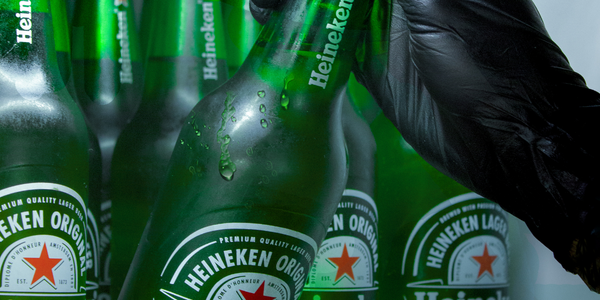
Case Study
HEINEKEN Uses the Cloud to Reach 10.5 Million Consumers
For 2012 campaign, the Bond promotion, it planned to launch the campaign at the same time everywhere on the planet. That created unprecedented challenges for HEINEKEN—nowhere more so than in its technology operation. The primary digital content for the campaign was a 100-megabyte movie that had to play flawlessly for millions of viewers worldwide. After all, Bond never fails. No one was going to tolerate a technology failure that might bruise his brand.Previously, HEINEKEN had supported digital media at its outsourced datacenter. But that datacenter lacked the computing resources HEINEKEN needed, and building them—especially to support peak traffic that would total millions of simultaneous hits—would have been both time-consuming and expensive. Nor would it have provided the geographic reach that HEINEKEN needed to minimize latency worldwide.
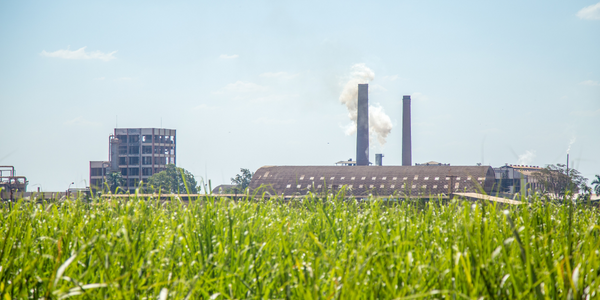
Case Study
Energy Management System at Sugar Industry
The company wanted to use the information from the system to claim under the renewable energy certificate scheme. The benefit to the company under the renewable energy certificates is Rs 75 million a year. To enable the above, an end-to-end solution for load monitoring, consumption monitoring, online data monitoring, automatic meter data acquisition which can be exported to SAP and other applications is required.
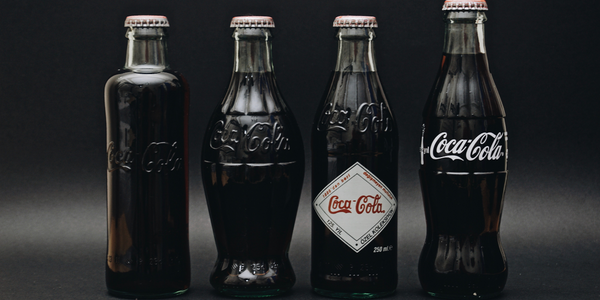
Case Study
Coca Cola Swaziland Conco Case Study
Coco Cola Swaziland, South Africa would like to find a solution that would enable the following results: - Reduce energy consumption by 20% in one year. - Formulate a series of strategic initiatives that would enlist the commitment of corporate management and create employee awareness while helping meet departmental targets and investing in tools that assist with energy management. - Formulate a series of tactical initiatives that would optimize energy usage on the shop floor. These would include charging forklifts and running cold rooms only during off-peak periods, running the dust extractors only during working hours and basing lights and air-conditioning on someone’s presence. - Increase visibility into the factory and other processes. - Enable limited, non-intrusive control functions for certain processes.
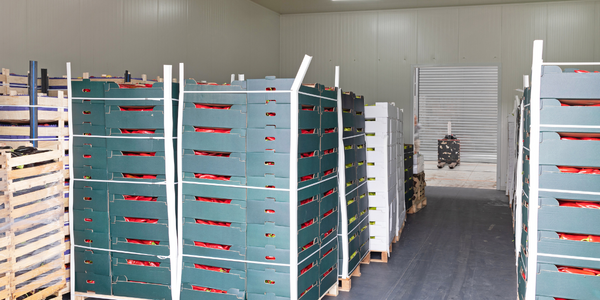
Case Study
Temperature Monitoring for Restaurant Food Storage
When it came to implementing a solution, Mr. Nesbitt had an idea of what functionality that he wanted. Although not mandated by Health Canada, Mr. Nesbitt wanted to ensure quality control issues met the highest possible standards as part of his commitment to top-of-class food services. This wish list included an easy-to use temperature-monitoring system that could provide a visible display of the temperatures of all of his refrigerators and freezers, including historical information so that he could review the performance of his equipment. It also had to provide alert notification (but email alerts and SMS text message alerts) to alert key staff in the event that a cooling system was exceeding pre-set warning limits.
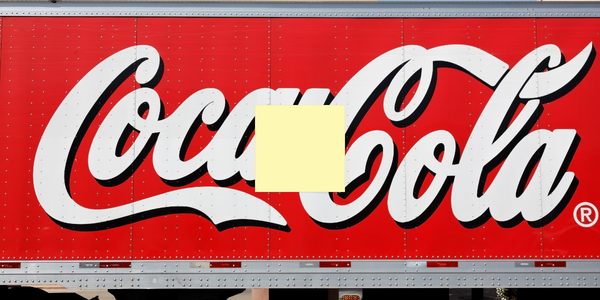
Case Study
Coca-Cola Refreshments, U.S.
Coca-Cola Refreshments owns and manages Coca-Cola branded refrigerators in retail establishments. Legacy systems were used to locate equipment information by logging onto multiple servers which took up to 8 hours to update information on 30-40 units. The company had no overall visibility into equipment status or maintenance history.







